Here is a complete view of the traditional dress of UAE.
Traditional Dress of UAE for Men
The most striking features of the Emirati attire are its colour and length. Mainly white coloured robes are worn by men as Bedouins, preferred this colour as it would reflect the sun’s rays. However, grey and brown shades are also used but mainly in colder months alone.The major components of a complete traditional male attire in the UAE are as follows:
1. Kandura
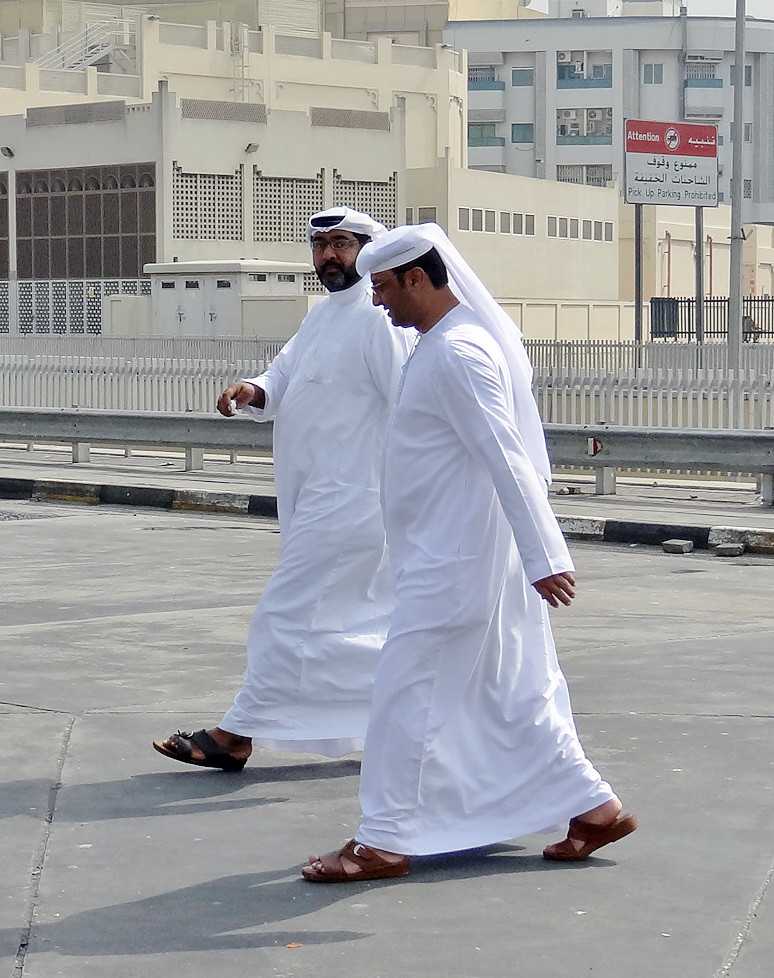
Seasonal Kandura
Kanduras are designed following the season in terms of fabric and colour. Summer Kanduras are mainly made from white-coloured and noticeably lighter fabric. While winter sees a rise in darker coloured robes, especially brown and grey which are made from thicker fabric materials. It is common for Emirati men to own over fifty Kanduras as they keep on changing them throughout the day to keep their look crease-free and fresh.
2. Ghutrah
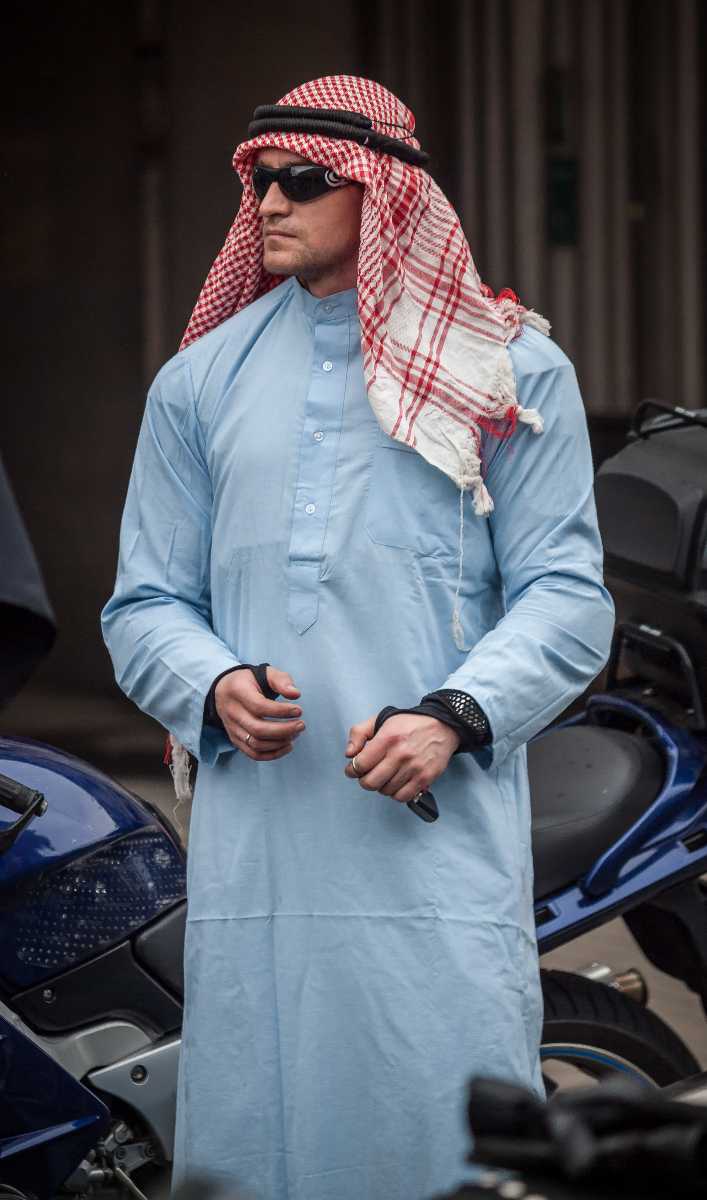
The Ghutrah is the Emirati male traditional head-dress, which is also identified by different names and notions. It is also a Bedouin originated fashion accessory and protects men against the sandy winds of deserts and scorching sun rays. Generally, people get confused between the white Ghutrah and red-white embroidered Ghutrah. However, it depends on the individual what to prefer between the two, and thus, the choice doesn’t represent anything in particular. However, there are different styles to wear a Ghutrah which showcases status and importance.
3. Agal
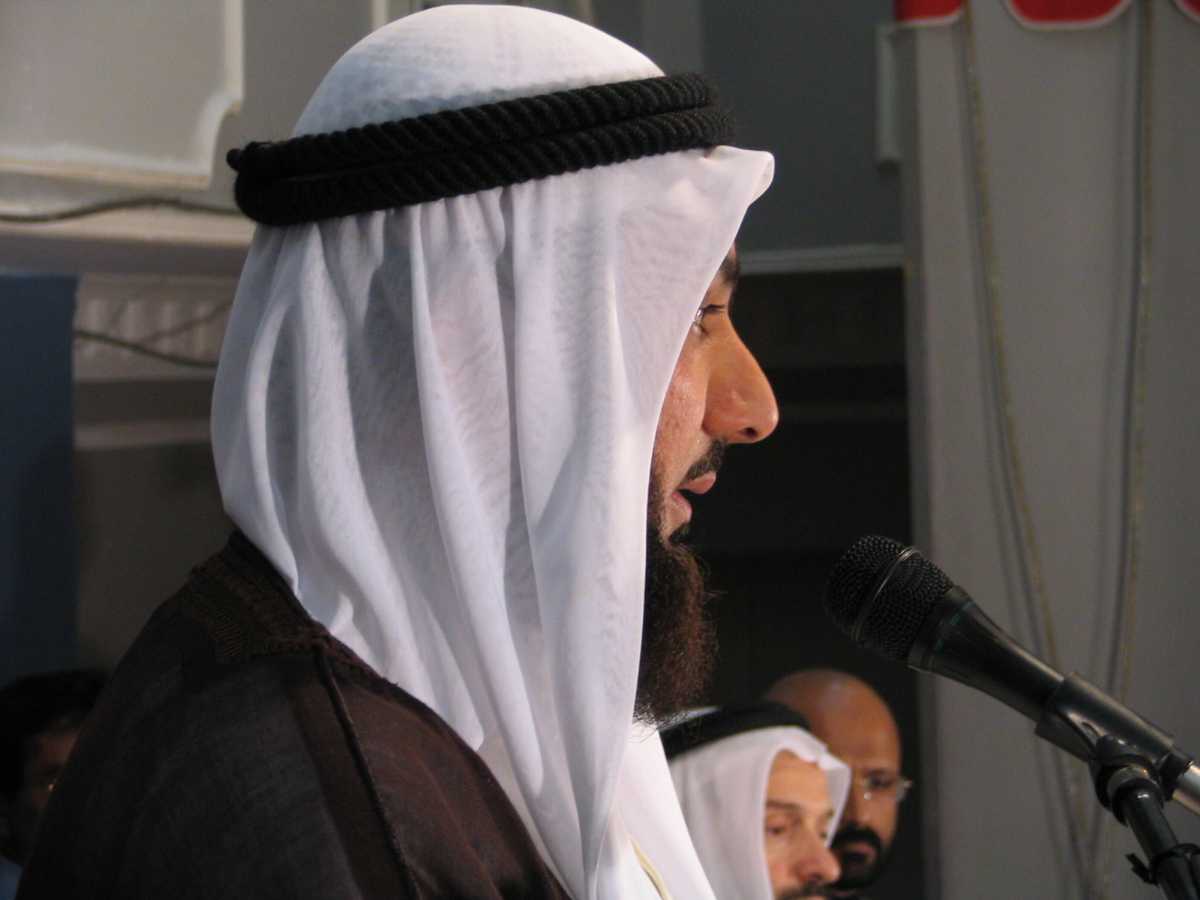
4. Bisht
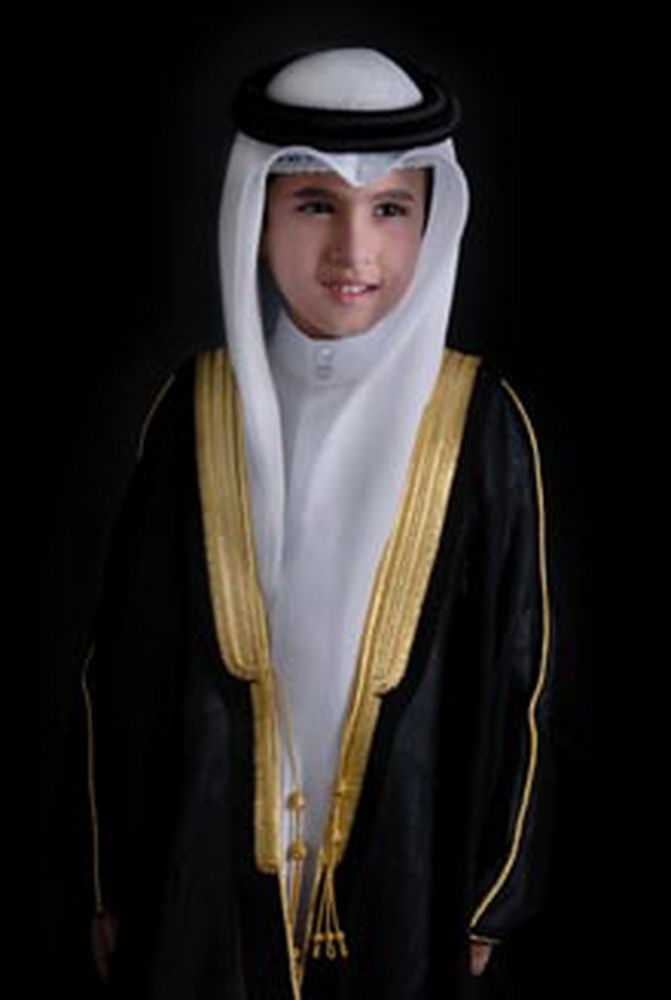
Additional Attires
Apart from all these major components of the traditional dress, several other items collectively make up a full national dress. There is a headwear worn under Ghutrah and looks quite similar to the classic Muslim prayer cap called Ghafiyah. There is also a vest that is to be worn under Kandura known as Faneela. The Wazoor is a white cloth worn around the waist under Kandura.
Traditional Footwear
No traditional outfit can be completed without footwear, and thus the UAE has classic sandals for men called Na-aal which are widely worn by Emirati men. However, Dubai emerges as an exception in this case, as its locals are more likely to wear shoes.
Women's Traditional Dress of UAE
Unlike the traditional Emirati attire for men, women’s traditional dresses are darker in colour, black being the most prominent. Given below are significant components of the conventional dress of UAE for women.5. Abaya
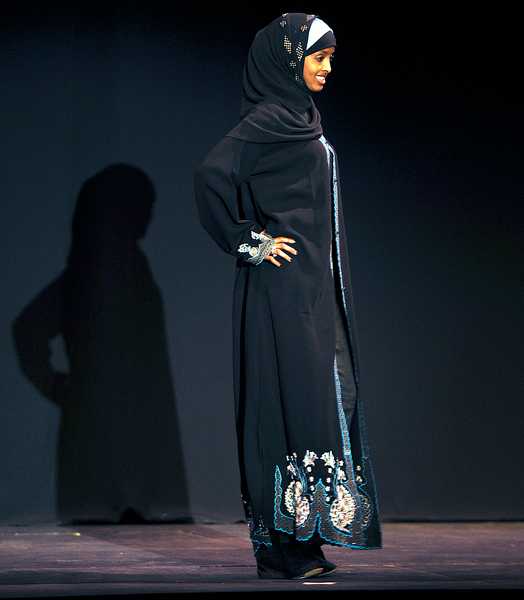
Modern Tradition
Traditional Abayas are plain and black. However, modern-styled Abayas are given a contemporary touch through embroideries and artwork on dark fabric. There are several more colours that are now added to the list such as grey, brown, beige etc. to give a modern twist to the traditional attires.
6. Hijab
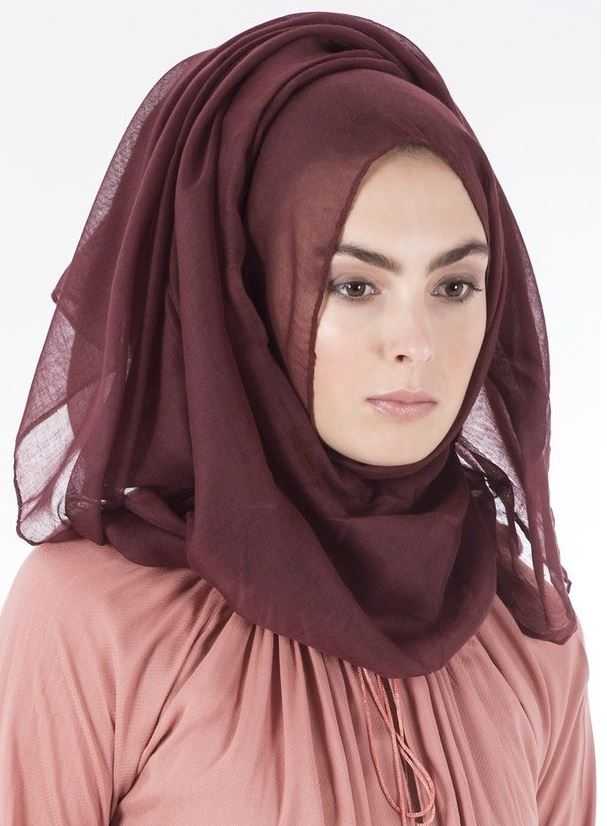
3. Burqa
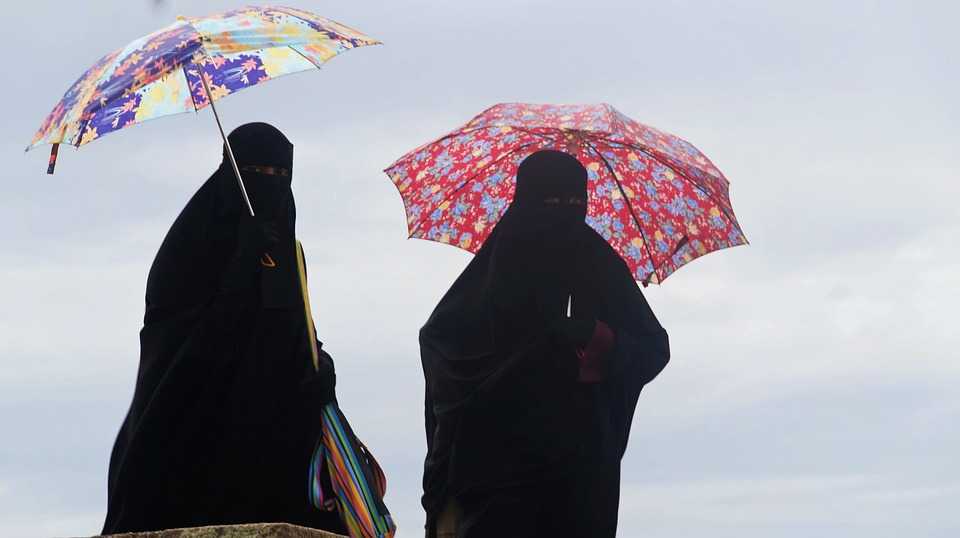
Additional Accessories and Attires
There is also an optional Gishwa, which is a thin see-through layer meant to cover eyes and face. Apart from this, UAE women are very fond of jewellery such as earrings, bracelets, rings etc. and this makes an integral part of their national dress as well. Although modesty is something that every Emirati woman carries with herself, they still enjoy makeup such as kohl to highlight physical features. Besides, henna is also a part of their rich culture, which they beautifully apply on hands and feet. Like Emirati men, women also wear sandals; however, wearing shoes or any other kind of footwear is not prohibited in UAE per se.
4. Perfumes - An Essential Add-On
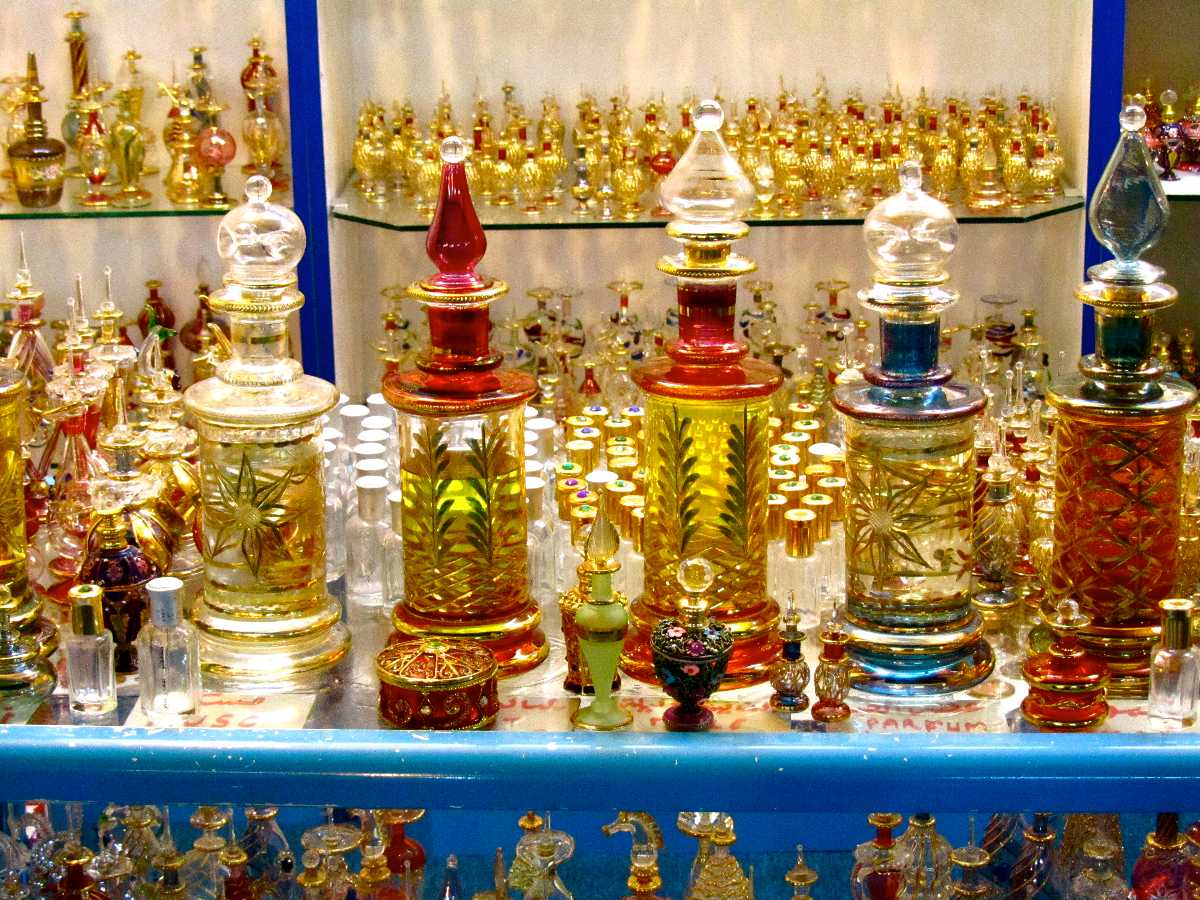
Clothing Advice For UAE Tourists
What to wear while visiting UAE is one of the primary concerns of tourists planning to visit this place. However, while it is crucial to adhere to the guidelines laid out by the UAE government for the tourist in terms of dressing and to respect their traditions and customs, it is not actually that ‘scary’ to dress up modestly as many think it to be.- Known as a conservative country, UAE does not allow its tourist to dress in a way that could disrespect their culture. Generally, it is advised for both men and women to cover themselves from shoulders to knees.
- Plus, always carry a Pashmina shawl or a scarf in your backpack that might come handy in some situations.
- Always refrain from wearing such dresses that are see-through or are revealing your chest and body figures such as daisy duke shorts, very short mini-skirts, tube tops, crop tops and mesh dresses.
- Usually, it is women who are supposed to dress more conservatively; however, men should also avoid pants above the knees.
- Tourists are not expected to cover their heads unless they are visiting the Grand Mosque in Abu Dhabi, Jumeirah Mosque in Dubai or other religious venues.
- Men should be in trousers and sleeved shirts in such cases.
- One can wear whatever they wish inside hotels and in their room, also to some extent in bars and clubs.
- In the case of beaches and water parks, visitors are allowed to wear swimwear and bikini, except thong swimsuit bottoms.
- Sandals or closed shoes – depends on your preference.
- Always keep in mind that rules might be enforced more strictly during Ramadan.
- Last but not least, always try to behave calmly when someone has pointed out discomfort with your attire and have asked you to dress up a bit more modestly.
- Don’t get into a fight because this might lead to severe involvement of police, especially when the complaint has been lodged by a Muslim or inhabitants of the country. Thus, sticking to some basic guidelines and enjoying your trip at its best is all that you need to do.
